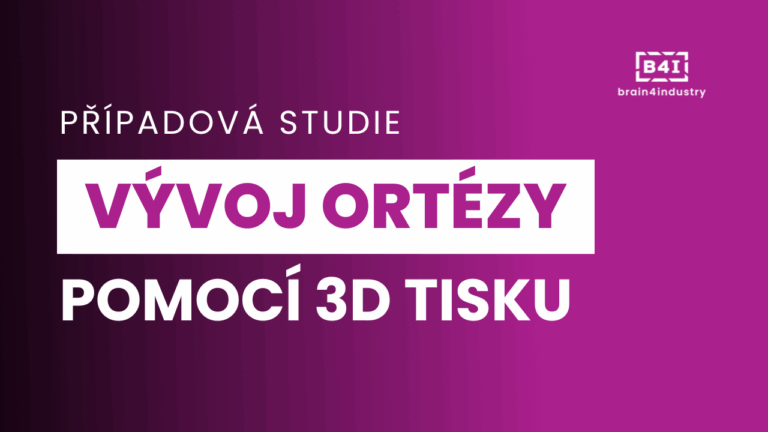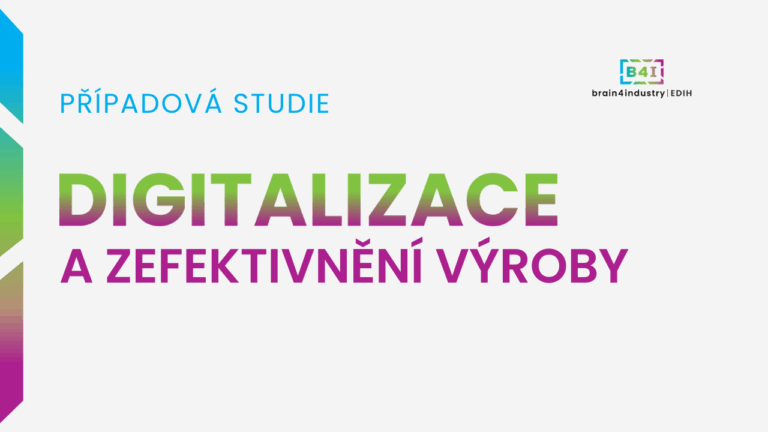Production of joint implants and their laser reinforcement in Prospon, s.r.o.
ProSpon, a Central Bohemian company, manufactures individually adapted implants based on a CT scan or an X-ray image. A special laser printer prints it from titanium according to a 3D model. It reaches the patient within a few days. The company’s management have now decided to replace part of the manual production with an automated form.
The most suitable solution was found with the help of the programme of the Central Bohemian Innovation Centre (a member of the Brain4Industry consortium) – SIC PLATINN. Its aim is to solve the challenges related to the companies’ development and to improve their operations through the support of the Centre and a network of experts. The role of the expert is to plan the necessary changes in cooperation with the management and to support their effective implementation in the company environment.
ProSpon develops, manufactures and distributes implants and instruments for orthopaedics, traumatology and surgery. Its portfolio includes external fixation, oncologic replacements of all major joints, oncologic scapular and pelvic replacements. They have approximately five thousand different products in their portfolio. Across this portfolio, some parts are produced several times a year, some maybe once every few years (e.g. marginal sizes). In total, e.g. for 2020, approx. 60,000 pieces were produced in 2,500 items (some repeatedly).
Production is mainly carried out at the company’s headquarters, the machinery consists mainly of mechanical and CNC machine tools – lathes, milling machines and a machine for EDM machining. Another important technology is the 3D printer (Concept Laser M2). It is used not only for the production of medical devices from the company’s portfolio, but also for custom-made products according to technical drawings supplied by the customer.
The company currently has several advanced technologies – CNC, 3D printer, etc. They would like to move even further and replace parts of the manufacturing process of medical devices, specifically the grinding and polishing process with modern automated technology – e.g. a robotic workstation. The study aimed to propose a possible solution to replace manual grinding and polishing with an automated process. A potential problem with the preservation of production know-how is that is dependent on specific staff members.
Watch the case study video: LINK



